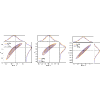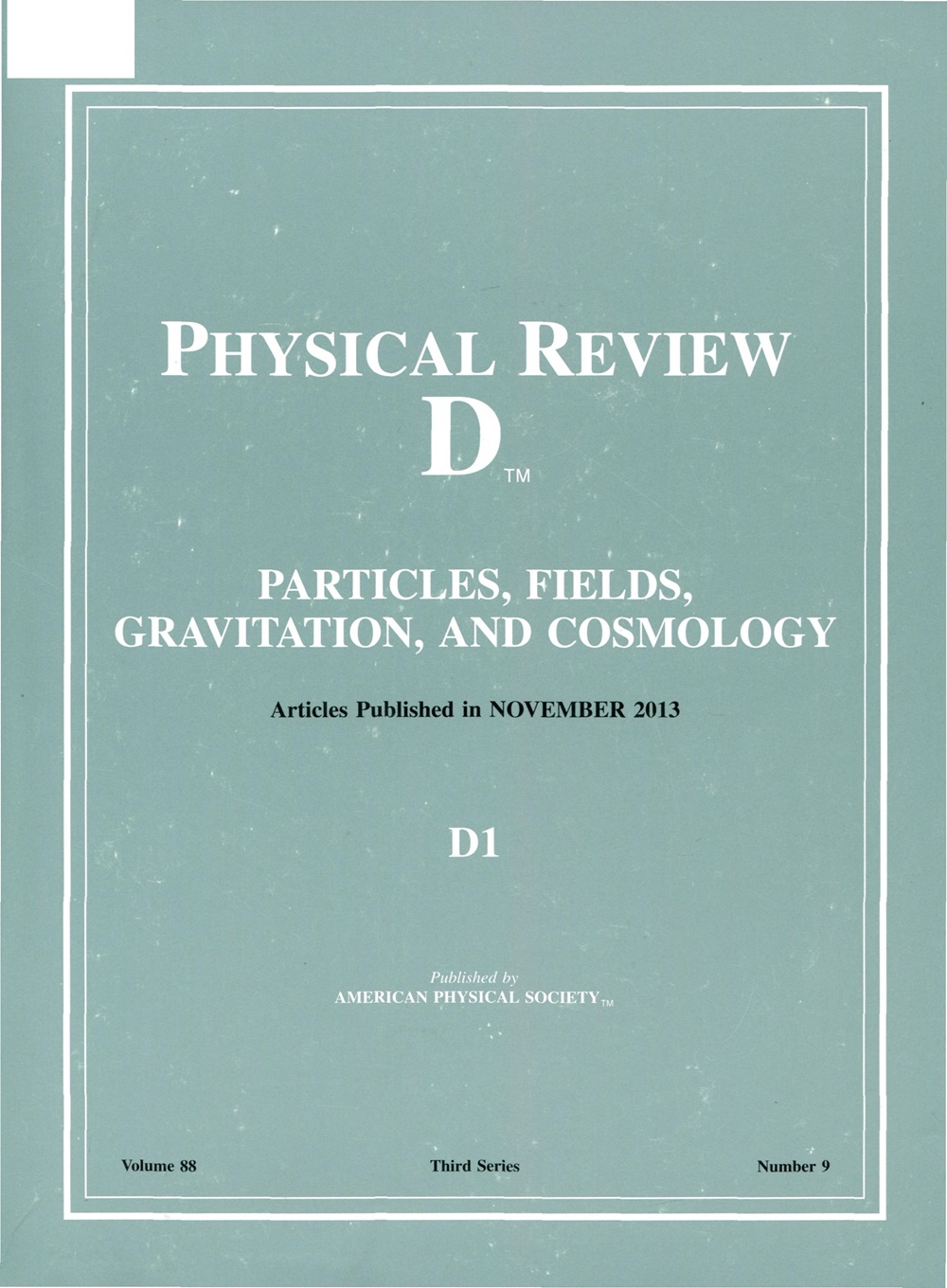基于仿真的时域黑洞环落推理
IF 5.3
2区 物理与天体物理
Q1 Physics and Astronomy
引用次数: 0
摘要
环形黑洞发出的引力波让我们能够在强场机制下对广义相对论进行精确测试。随着当前引力波探测器和即将到来的下一代探测器的改进,开发无似然参数推断基础设施至关重要,因为我们将面临非标准噪声特性、部分数据和不完整信号建模等复杂问题,而这些问题可能不允许使用可分析的似然函数。在这项工作中,我们提出了一种概念验证策略,利用基于模拟的推理对环落引力波进行无似然贝叶斯推理。具体来说,我们的方法基于截断序列神经后验估计,即针对特定观测数据段训练神经密度后验估计器。我们直接在时域中设置环落参数估计。结果表明,使用我们训练的网络获得的参数估计结果与针对模拟注入的成熟马尔可夫链方法以及对与 GW150914 相对应的真实探测器数据的分析结果一致。此外,为了评估我们方法的内部一致性,我们证明密度估计值通过了贝叶斯覆盖测试。本文章由计算机程序翻译,如有差异,请以英文原文为准。

Simulation-based inference of black hole ringdowns in the time domain
Gravitational waves emitted by a ringing black hole allow us to perform precision tests of general relativity in the strong field regime. With improvements to our current gravitational wave detectors and upcoming next-generation detectors, developing likelihood-free parameter inference infrastructure is critical as we will face complications like nonstandard noise properties, partial data, and incomplete signal modeling that may not allow for an analytically tractable likelihood function. In this work, we present a proof-of-concept strategy to perform likelihood-free Bayesian inference on ringdown gravitational waves using simulation based inference. Specifically, our method is based on truncated sequential neural posterior estimation, which trains a neural density estimator of the posterior for a specific observed data segment. We setup the ringdown parameter estimation directly in the time domain. We show that the parameter estimation results obtained using our trained networks are in agreement with well-established Markov-chain methods for simulated injections as well as analysis on real detector data corresponding to GW150914. Additionally, to assess our approach’s internal consistency, we show that the density estimators pass a Bayesian coverage test.
求助全文
通过发布文献求助,成功后即可免费获取论文全文。
去求助
来源期刊

Physical Review D
物理-天文与天体物理
CiteScore
9.20
自引率
36.00%
发文量
0
审稿时长
2 months
期刊介绍:
Physical Review D (PRD) is a leading journal in elementary particle physics, field theory, gravitation, and cosmology and is one of the top-cited journals in high-energy physics.
PRD covers experimental and theoretical results in all aspects of particle physics, field theory, gravitation and cosmology, including:
Particle physics experiments,
Electroweak interactions,
Strong interactions,
Lattice field theories, lattice QCD,
Beyond the standard model physics,
Phenomenological aspects of field theory, general methods,
Gravity, cosmology, cosmic rays,
Astrophysics and astroparticle physics,
General relativity,
Formal aspects of field theory, field theory in curved space,
String theory, quantum gravity, gauge/gravity duality.
 求助内容:
求助内容: 应助结果提醒方式:
应助结果提醒方式:


